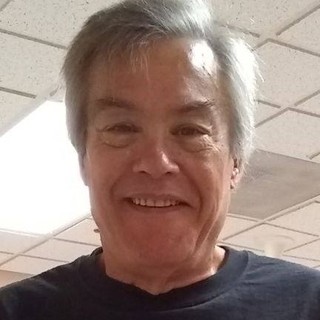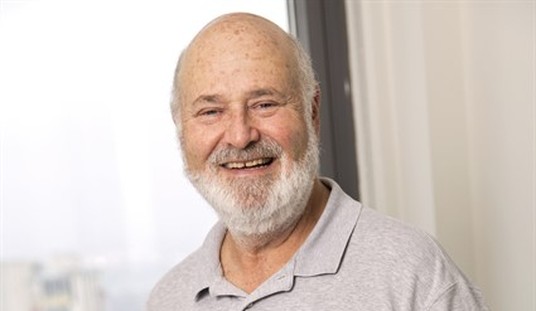In The Matrix, when Neo (played with expert, new age, disinterest by Keanu Reeves) first realizes he's living in a simulation, he upchucks his breakfast. It was a massive shock to the man who had long suspected that the Matrix existed, but could never prove it. The idea that his entire concept of reality was a lie was too much to stomach.
Lana and Lilly Wachowski, the creators of The Matrix film franchise, drew heavily on historical and philosophical allegories about a simulated reality, including Plato's "Allegory of the Cave," found in his book, Republic, and The Simulation Hypothesis. They required the film's actors and crew to read Jean Baudrillard's Simulacra and Simulation, among other philosophical texts, to understand the core concepts.
"The premise for The Matrix began with the idea that everything in our world, every single fibre of reality, is actually a simulation created in a digital universe,” Lana Wachowski explained to American Cinematographer.
The simulated reality actually explains in elegant terms some counterintuitive concepts of quantum mechanics, such as quantum indeterminacy, parallel universes, and the integral nature of the speed of light.
On the other hand, many physicists believe the math doesn't add up, that "recent theoretical work in physics suggests that the fundamental nature of reality, as described by quantum mechanics, may make a perfect simulation mathematically impossible," according to Science Alert.
Pro or con is irrelevant, because the fact is, we will never be able to prove, mathematically or otherwise, that a simulated reality exists.
It's still fun to play with the concept, though.
At the heart of quantum mechanics lies the concept of "superposition," in which particles exist in multiple states simultaneously until they are observed. The famous thought experiment asks, "Is Schrödinger's cat dead or alive?" We don't know the fate of the poor creature until the box is opened. The cat exists in a superposition state of being both "alive and dead" at the same time, because its fate is linked to the quantum state of the atom.
A simulation must be based on an algorithm, a defined set of computational rules. However, some physicists argue that reality, particularly when attempting to reconcile quantum mechanics with general relativity (in a unified Theory of Everything), is fundamentally non-algorithmic.
The Incompleteness Theorem: This mathematical argument, drawing on Gödel's incompleteness theorems, suggests that a complete and consistent description of all aspects of reality cannot be achieved through computation alone. Therefore, because a simulation is inherently algorithmic, the universe itself cannot be one.
In The Matrix, Neo's body and brain are in a pod in the non-simulated world. There are also characters, such as the Oracle and "The Agents," who exist with conscious knowledge of both worlds. Then there are the simulated humans in the Matrix's New York City who have no concept of the simulated world, but exist in the non-simulated world.
David Chalmers, author of Reality+: Virtual Worlds and the Problems of Philosophy, tries to make sense of this.
I will use the word sim for someone who is in a simulation. There are at least two sorts of sims. First, there are biosims: biological beings outside the simulation (in the spatial sense) and connected to it. Neo is a biosim. So is a brain in a vat, connected to a computer. A simulation that includes biosims is an impure simulation, since it includes elements (the biosims) that aren’t simulated.
Second, there are pure sims. These are simulated beings who are wholly inside the simulation. Most of the people in Daniel F. Galouye’s 1964 novel Simulacron-3, are pure sims. They receive direct sensory inputs from the simulation because they’re part of the simulation. Importantly, their brains are simulated, too. Simulations containing only pure sims may be pure simulations—simulations in which everything that happens is simulated.
There can also be mixed simulations, which contain both biosims and pure sims. Inside the Matrix, the leading characters Neo and Trinity are biosims, whereas the “machine” characters Agent Smith and the Oracle are pure sims. In the 2021 movie Free Guy, the main character, Guy (played by Ryan Reynolds), is a fully digital nonplayer character in a video game, while his in-game partner, Molotov Girl (played by Jodie Comer), is a video game player and designer with an ordinary life outside the game. So Guy is a pure sim, while Molotov Girl is a biosim.
Whether it's possible or not, the Simulation Hypothesis allows us to stretch our conscious mind and imagine other realities in which we could be entirely different people or a planet.
Mind games, like Einstein's "thought experiments," allow us to see the world in a wholly different light. They allowed Einstein to imagine a universe that was radically different from what was generally believed at the time.
We'll get no such insights watching The Matrix films. But imagining an alternate reality is just plain fun.










